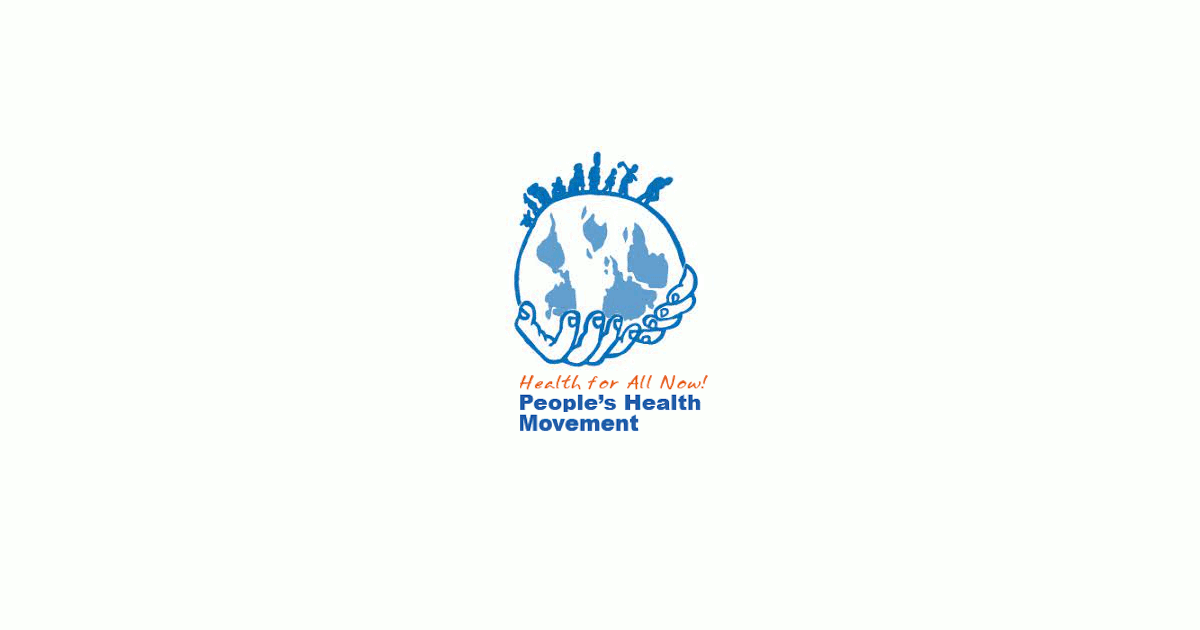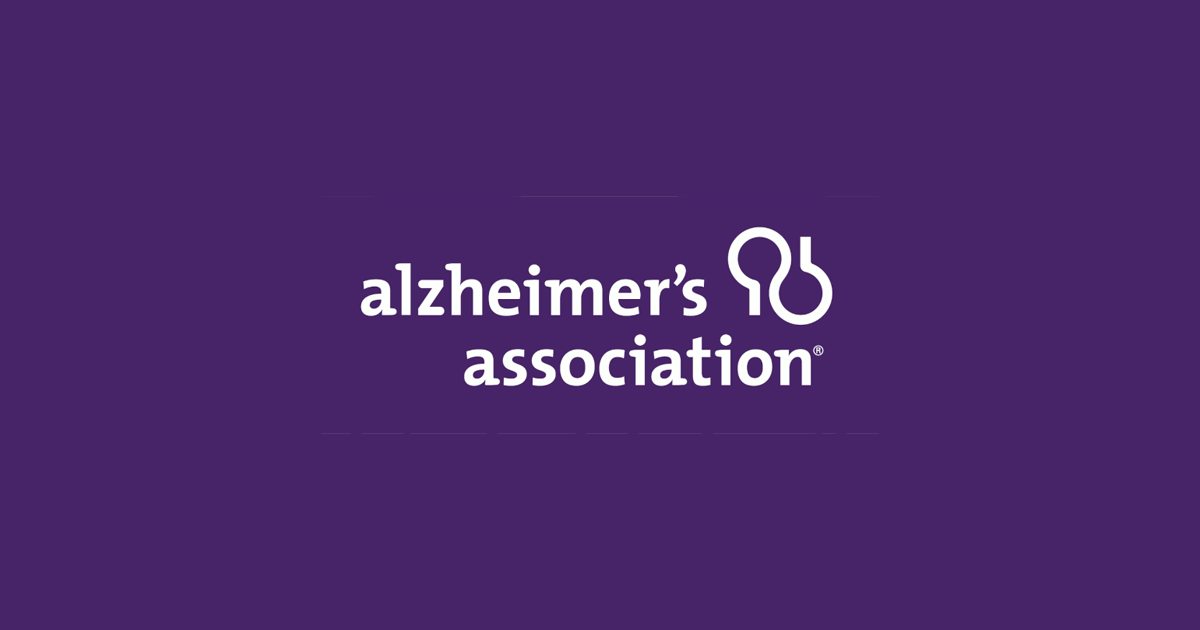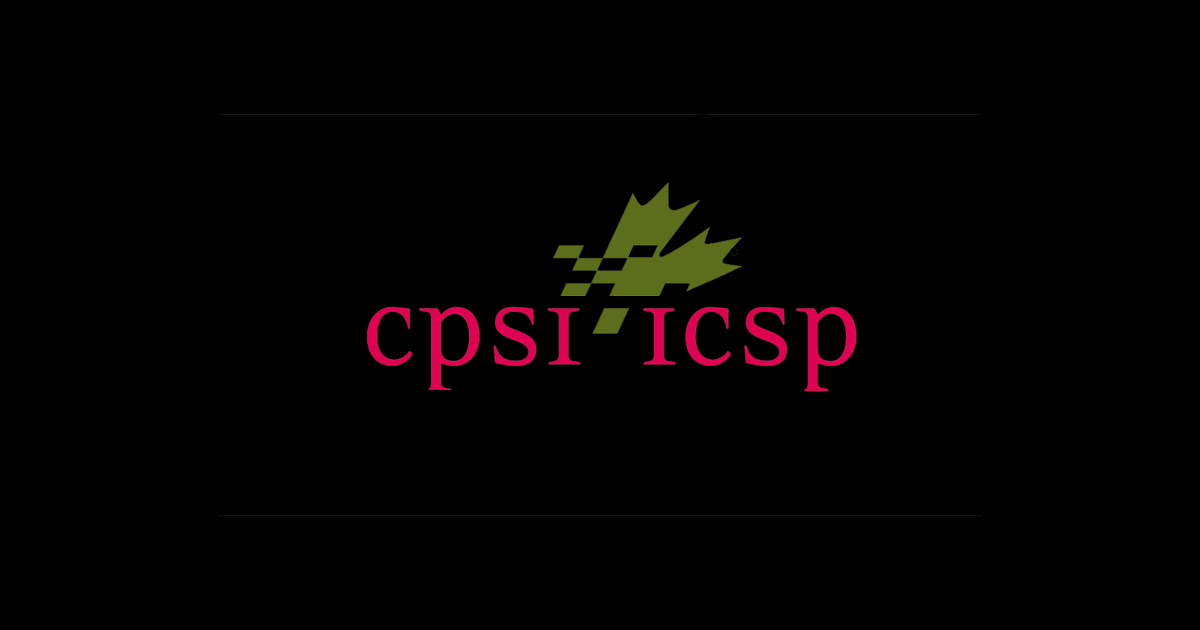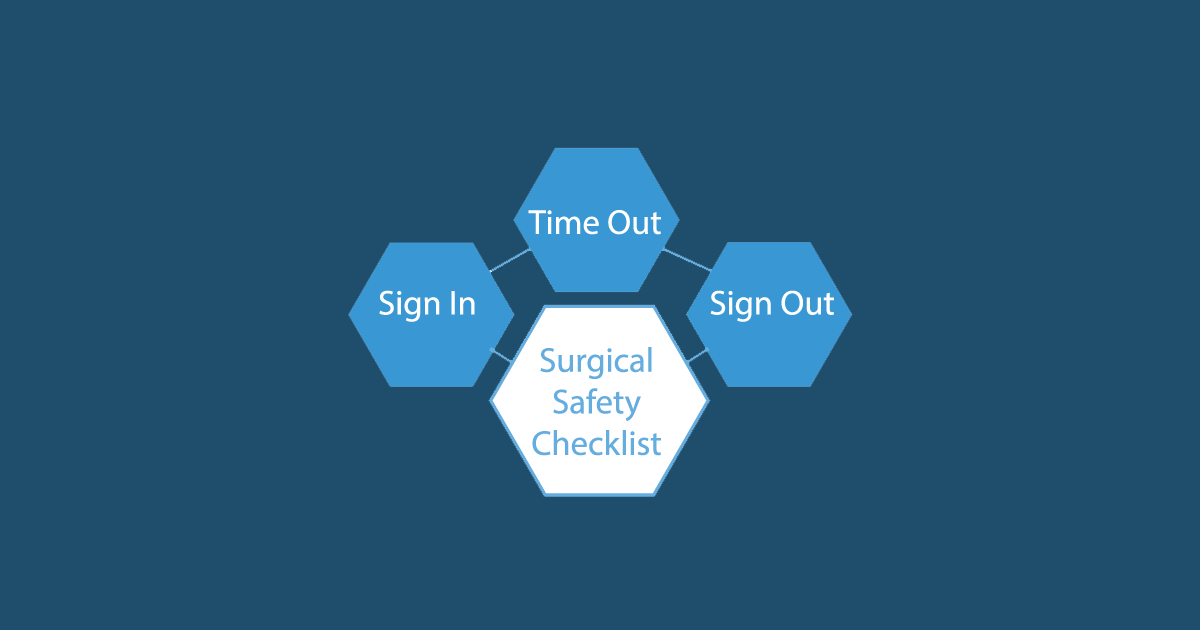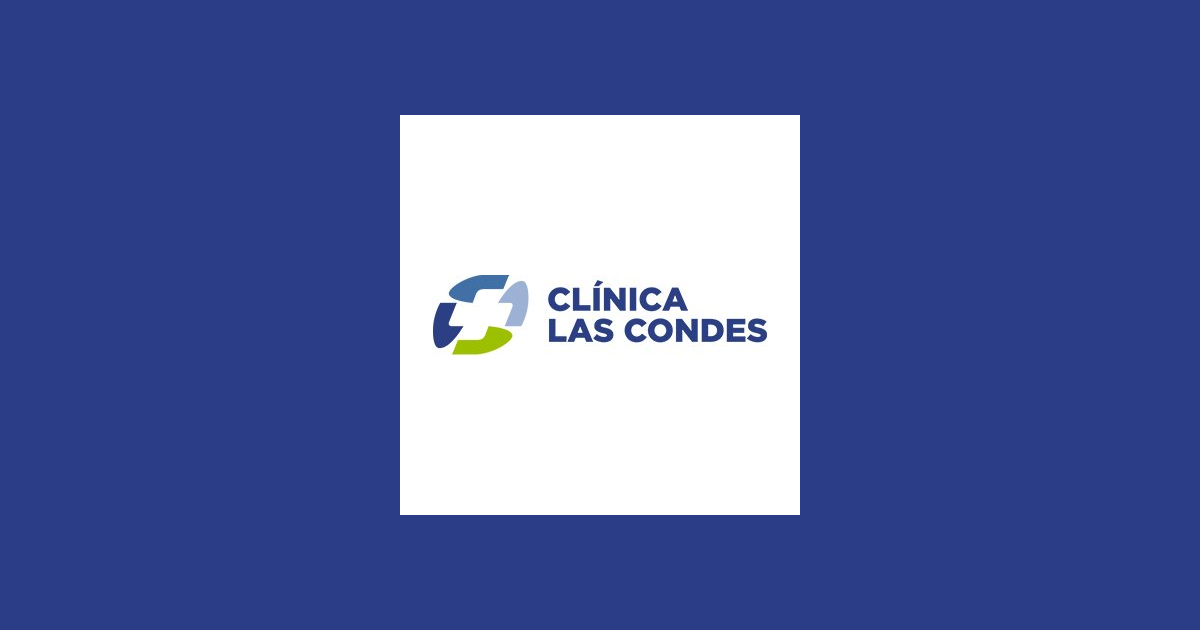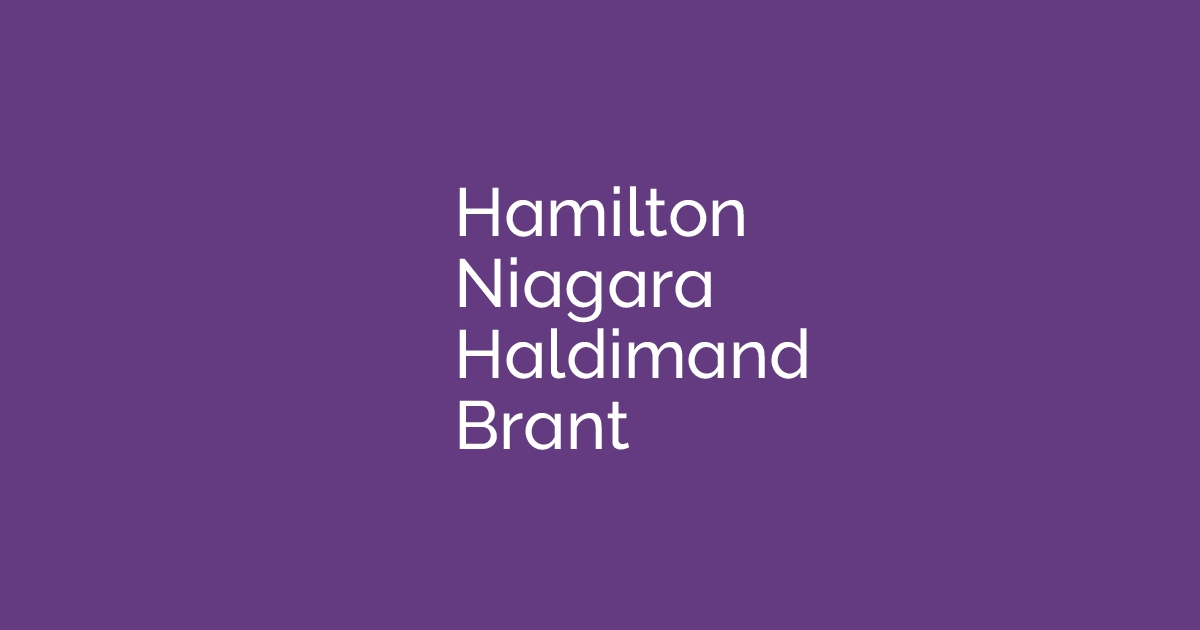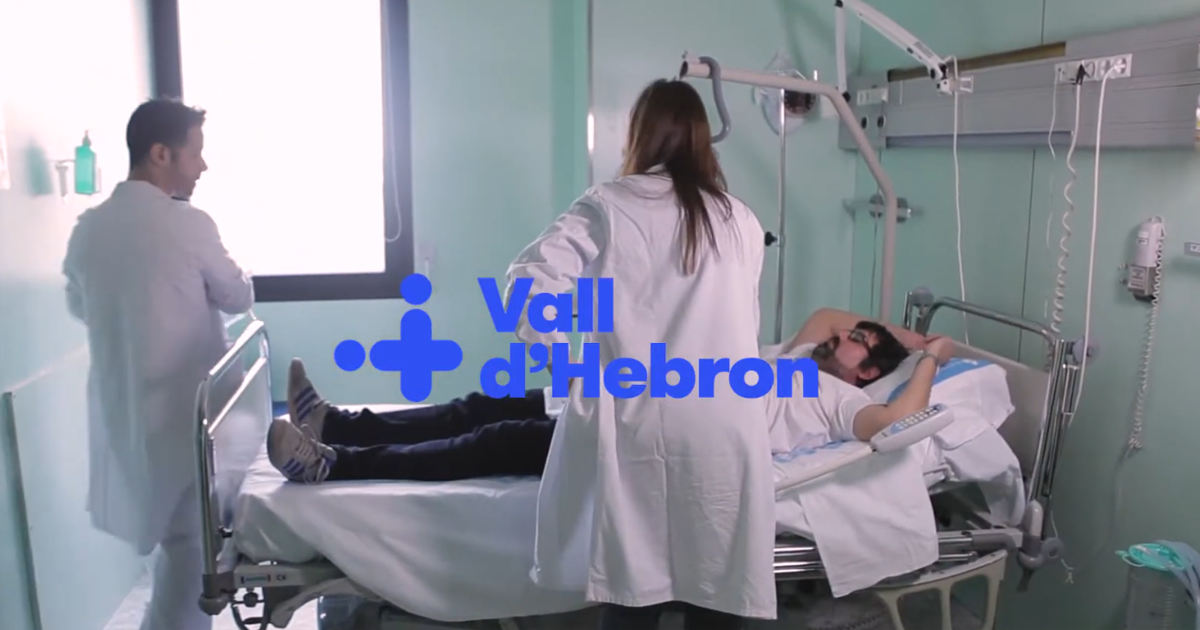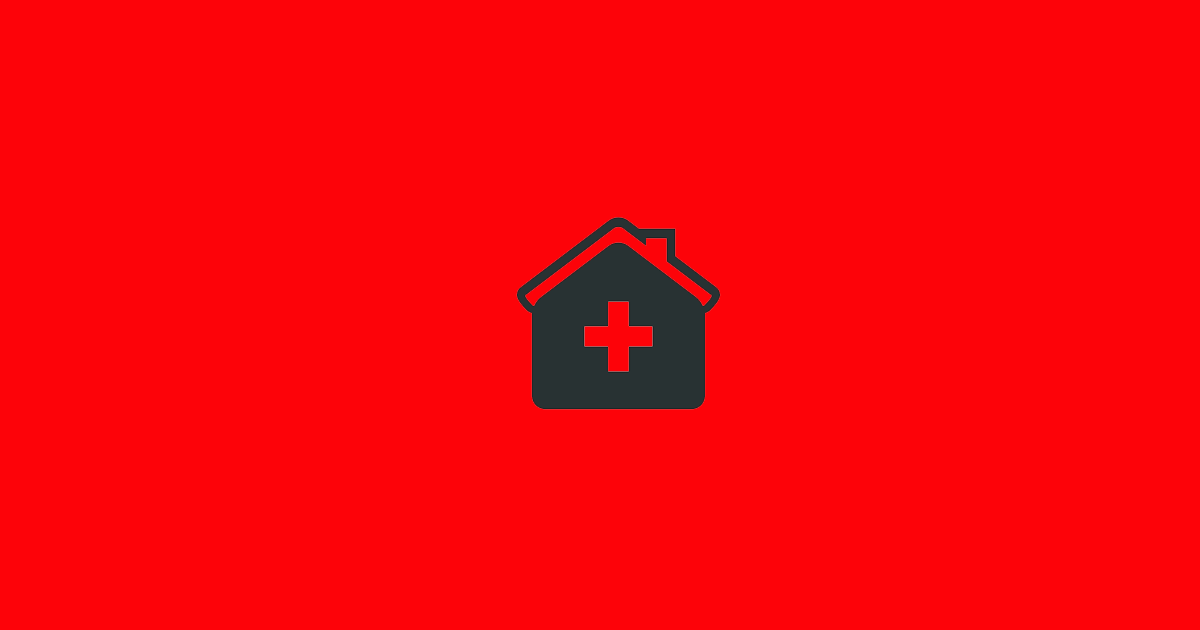Strengthening health systems: The experience of the National Health Forum in El Salvador (2009 - 2018)
A nationwide social movement in El Salvador from 2009 to 2018 supported the achievement of the National Health Forum and exemplified goals and outcomes being met by activists. Read more in this case study.
The National Health Forum (NHF), a nationwide popular movement in El Salvador, played a central role in the development of the National Public Health System from 2009 to 2018 (León et al., 2020). It is part of a global movement that aims to build coalitions and networks. The People’s Health Movement (PHM) brought together grassroots health activists, civil society organizations and academic institutions from around the world to address the social, environmental, and economic determinants of health (Kapilashrami et al., 2016).
The NHF provides a strong example of community participation and exemplifies a social movement with fully achieved goals. Formally created in 2010, the NHF had three fundamental goals that were met via social movement actions:
- to build people’s power and strengthen the organizational fabric
- to stand against the idea that previous governments held of privatizing health care
- to stimulate and promote effective social participation in health
The NHF developed three community participation strategies that played a role in strengthening El Salvador’s national public health system. These strategies are: (1) building capacity among local community leaders to become effective decision-makers at all levels of the health-care system, (2) responding to and prioritizing the needs identified by the community for the sector-specific working groups, and (3) advocating for policies based on human rights.
“The NHF was born with high participation of different social movements, all united in the same direction. There were a series of problems, as they wanted to privatize health care […] The NHF was created when the health reform came into being. We, the NHF, are part of the reform” – NHF member
